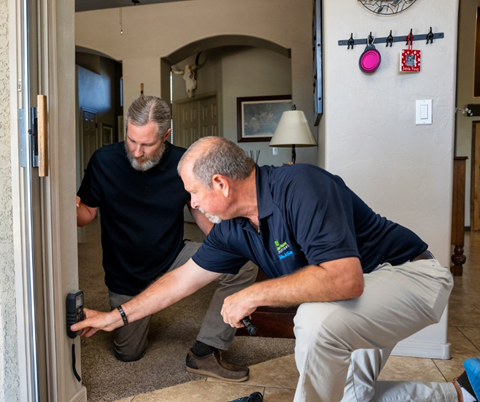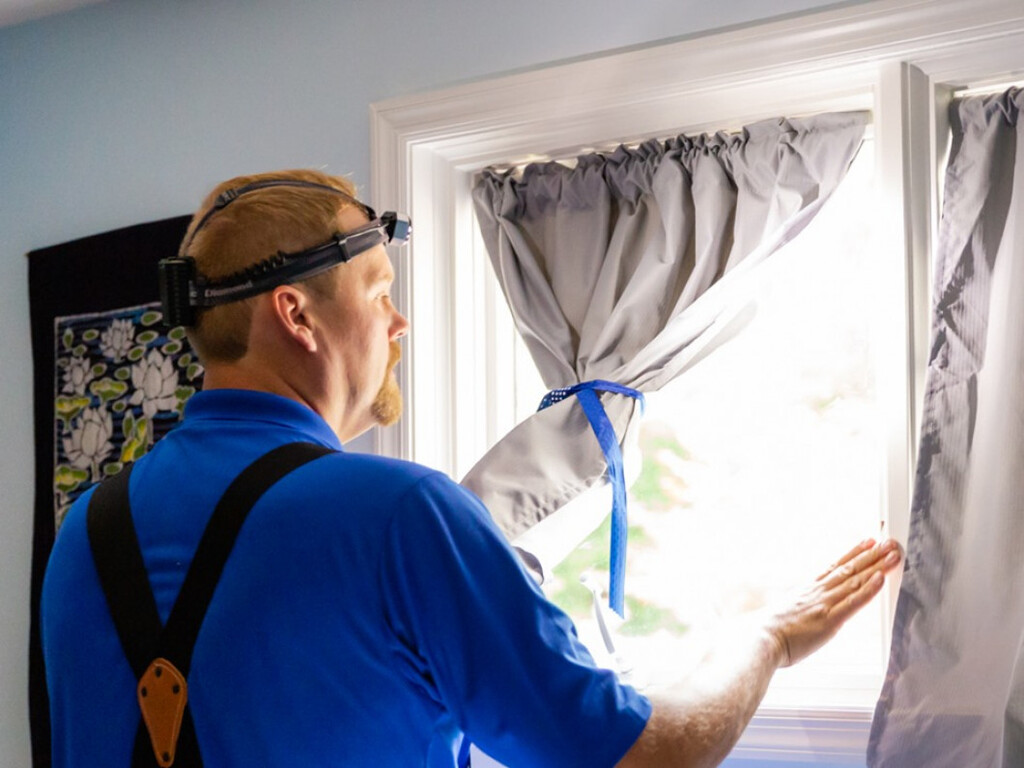Why Mycotoxin Testing Solutions Are Necessary for Protecting Public Health And Wellness
The importance of mycotoxin testing solutions in protecting public health can not be overemphasized. Mycotoxins, hazardous compounds generated by fungis, pose significant wellness dangers such as liver damage and cancer when existing in food and feed.
Comprehending Mycotoxins
Understanding mycotoxins is critical for guaranteeing food safety and protecting public health. Mycotoxins are poisonous compounds created by specific kinds of fungi, frequently discovered in food and feed crops. These fungi can proliferate in a selection of conditions, specifically in damp and warm settings, bring about contamination throughout pre-harvest, storage, or handling phases. The most common mycotoxins include aflatoxins, ochratoxin A, fumonisins, and trichothecenes, each with distinctive chemical frameworks and toxicological properties.
The presence of mycotoxins in foods items can jeopardize their safety and security and high quality. They are resistant to traditional food processing strategies, thereby lingering in the food supply chain and presenting potential threats. Regulative bodies worldwide, such as the Food and Agriculture Company (FAO) and the Globe Health And Wellness Organization (THAT), have established strict restrictions on appropriate levels of mycotoxins in food items to alleviate their unfavorable results.
Reliable mycotoxin management entails extensive surveillance and testing to spot and evaluate their degrees in agricultural items. This proactive technique helps in determining infected sets early, thus avoiding their intro into the market. Applying stringent mycotoxin controls is vital for keeping food safety requirements and securing customer health.
Wellness Risks of Mycotoxins

Exposure to mycotoxins poses significant wellness threats to both animals and humans, necessitating vigilant surveillance and control actions. These hazardous additional metabolites, created by certain fungi, can infect food and feed, causing severe and chronic health and wellness issues. In humans, mycotoxins such as ochratoxins, aflatoxins, and fumonisins can cause a range of damaging results, including liver damage, kidney toxicity, immune reductions, and even cancer causing effects. For circumstances, aflatoxins have actually been classified as Team 1 carcinogens by the International Company for Research on Cancer Cells (IARC), suggesting a tested link to liver cancer cells.

Given these serious health repercussions, it is necessary to execute durable mycotoxin testing procedures. Accurate detection and metrology of mycotoxins in food and feed are vital to reduce wellness risks and make sure public and animal security.
Common Sources of Contamination

Along with grains, nuts such as pistachios, find out here peanuts, and almonds are highly vulnerable to mycotoxin contamination. Aflatoxins, a potent type of mycotoxin, are commonly discovered in these nuts, particularly when storage problems are suboptimal. Dried fruits, including figs, apricots, and raisins, additionally present productive premises for fungal growth as a result of their high sugar content and moisture-retaining residential properties.
Furthermore, contamination is not limited to raw farming items. Processed foods, animal feeds, and milk items can also have mycotoxins if the initial ingredients were infected. This extends the risk of direct exposure throughout the food read more supply chain, necessitating stringent tracking and control actions.
Understanding the common sources of mycotoxin contamination is important for implementing effective preventative methods. Alleviating these risks at the source can considerably minimize the occurrence of mycotoxin-related wellness issues, safeguarding public health.
Evaluating Methods and Methods
Advanced analytical techniques are employed to detect and evaluate mycotoxins in numerous substrates, guaranteeing public health safety. High-Performance Liquid Chromatography (HPLC) coupled with mass spectrometry (MS) is a gold standard in mycotoxin screening, supplying high sensitivity and uniqueness.
Another widely made use of technique is Enzyme-Linked Immunosorbent Assay (ELISA), which offers quick testing and is affordable for large example volumes - Mycotoxin testing Services. ELISA packages are useful because of their simplicity of use and quick turnaround time, making them appropriate for on-site testing
Tasting protocols are just as essential. Appropriate tasting makes sure that the collected samplings are representative of the whole batch, therefore reducing the threat of false downsides or positives. Adherence to established standards, such as those offered by the International Organization for Standardization (ISO) and the European Board for Standardization (CEN), is important for keeping consistency and integrity across screening practices.
Extensive recognition of these methods and techniques is crucial. It guarantees reproducibility and accuracy, therefore fortifying the stability of mycotoxin management systems.

Advantages of Routine Testing
In the world of food security and agricultural top quality control, visit this web-site the advantages of regular mycotoxin screening can not be overstated. Regular testing guarantees that farming products fulfill security standards, consequently safeguarding customers from the dangerous results of mycotoxins, that include liver damage, immune reductions, and even cancer cells. By identifying polluted sets early, routine screening permits prompt intervention, stopping such products from going into the food chain.
Additionally, normal mycotoxin testing is crucial for maintaining the stability and reputation of food producers and distributors. Companies that dedicate to normal testing show their devotion to public health and food security, thereby acquiring customer trust fund and loyalty. This positive strategy can also reduce monetary losses linked with product recalls, legal responsibilities, and possible trade limitations.
Routine mycotoxin screening makes sure adherence to nationwide and worldwide standards, promoting smooth profession operations and market gain access to. Ultimately, regular mycotoxin screening not just secures public health and wellness but also strengthens the financial stability and global competition of the farming market.
Verdict
Mycotoxin screening services play an important role in public health defense by determining and reducing the risks postured by hazardous fungal compounds in food and feed. By detecting contamination early, these solutions avoid serious wellness problems such as liver damage and cancer cells, guaranteeing conformity with regulative standards. Routine testing boosts consumer trust fund, supports the stability of the agricultural sector, and inevitably adds to the guarding of food security and public wellness.
The importance of mycotoxin screening services in guarding public health and wellness can not be overemphasized.Understanding mycotoxins is critical for making sure food safety and security and safeguarding public wellness. Mycotoxin testing Services. Regulatory bodies worldwide, such as the Food and Farming Company (FAO) and the World Wellness Organization (WHO), have actually set strict restrictions on acceptable levels of mycotoxins in food items to mitigate their unfavorable results
Ultimately, routine mycotoxin screening not just protects public health and wellness yet also fortifies the economic stability and international competition of the agricultural industry.
Mycotoxin screening solutions play a crucial function in public health and wellness defense by recognizing and reducing the dangers presented by poisonous fungal substances in food and feed.